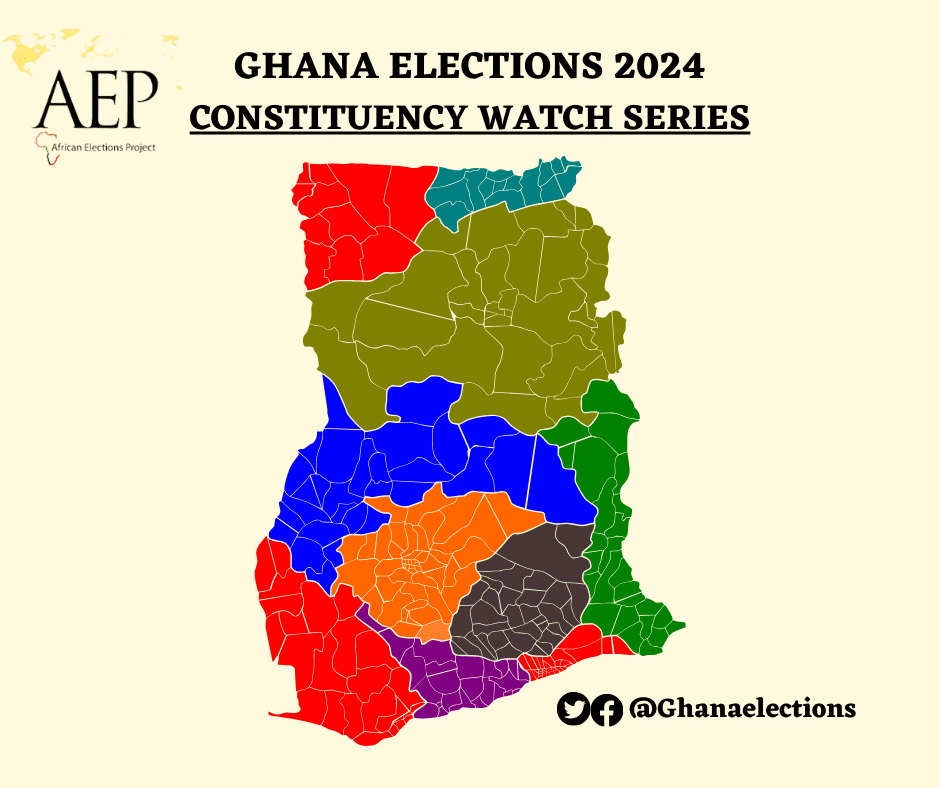 Few years ago, people outnumbered connected devices by about 10 to 1. Today, there are more mobile phones in use than people for the first time. It is projected that by 2020, there will be roughly 10 connected devices for every human being on earth.
Few years ago, people outnumbered connected devices by about 10 to 1. Today, there are more mobile phones in use than people for the first time. It is projected that by 2020, there will be roughly 10 connected devices for every human being on earth.
Any keen observer would admit that though technological change is uneven between different parts of the world, different age groups, and different communities, we are yet to quite see the end to it. In fact, there is little doubt that current trends only points toward an acceleration rather than a decline.
There is an ongoing debate on the future of Journalism with news production and dissemination skills and practice as key indicators of the direction of the ever increasing dynamism in the global news media landscape.
When Jerry Seinfeld, the comedian, once said, “It’s amazing that the amount of news that happens in the world everyday always just exactly fits the newspaper,” he must have frozen time or he was just being a comedian because today, it doesn’t fit. In this digital age, the global news industry is almost without an alternative chance of survival beyond a constantly evolving strategy for news creation and sharing with growing information inequality in order to keep people informed.
Internet changed news FOR THE BETTER?
 Infinitely for the better it did. We are living at the most exciting time for journalism since the advent of television clearly with new technologies making it all so possible for anyone interested in finding stories, reporting them, telling stories, sharing stories etc to do so with comparative ease from 10 years ago.
Infinitely for the better it did. We are living at the most exciting time for journalism since the advent of television clearly with new technologies making it all so possible for anyone interested in finding stories, reporting them, telling stories, sharing stories etc to do so with comparative ease from 10 years ago.
Journalism has a sustained duty to keep everyone informed; enabling its consumers to be better citizens, equipped with what is need to be known. One of the more salient probes has been to ascertain the degree of impact the internet has on this task and how positive or negative the response of news generation has been. But is that really a question to which an answer is hard to find?
The level of appreciation of the changes in the media landscape as new technologies emerge has varied over time and space with some newsrooms reacting to the chain of changes a lot more swiftly than others. Yet, there’s a universal acceptance that tilts toward an overwhelming positive influence on news by the internet and technology advancement within the journalism practice.
Presently, there is, indeed, more information, more readily available in many more diverse places (sources) and formats, on more devices and to many more people than ever before, bearing in mind how the freedom of the press is constantly said to be limited to those who own one. Today, anyone with an internet connection and a Twitter account can make the news.
Future of News? When?
So here is a picture of what pertains in Africa. There is currently a billion citizens and 800 million sim cards in circulation with about 50% of the population connected to the Internet via the mobile network – also used for payments and money transfers – and the prospect of growth of investment in infrastructure that’s about reaching $1.5 billion in 2015.
 The Future of News is now. Designing, testing, and making creative tools that help newsrooms move ahead aggressively in a time of rapid change as traditional news models erode is already upon us. The need for new models and techniques to reach a world hungry for news, but whose reading and viewing habits are increasingly splintered has never been more critical to the sustenance of any modern newsroom. Newsrooms need to create new storytelling techniques, recognizing that the way users consume news continues to change.
The Future of News is now. Designing, testing, and making creative tools that help newsrooms move ahead aggressively in a time of rapid change as traditional news models erode is already upon us. The need for new models and techniques to reach a world hungry for news, but whose reading and viewing habits are increasingly splintered has never been more critical to the sustenance of any modern newsroom. Newsrooms need to create new storytelling techniques, recognizing that the way users consume news continues to change.
These changes in technological trends have altered Readers and viewers expectations of what news is. They want personalized content, deeper context and information that enables them to influence and change their world. At the same time, newsrooms that understand these are seeking new ways to extend their influence, to amplify their message by navigating new paths for readers and viewers, and to find new methods of delivery.
Digital publishing has compressed the timescales for journalists and newspaper production staff and the World Wide Web has also meant increasing competition for newspapers from TV and radio companies that have moved into producing news in the written word format. Further, the emergence of self-publishing platforms has reduced the barrier and cost of publishing to virtually nothing, threatening the very livelihoods of people tied to print and older forms of broadcasting.
The growth of easy digital publishing technology brings with it new dilemmas for journalists. Journalists now need to find ways to become news producing-broadcasting-photographic machines who have the right measure of daring, insight and technological aptitude to deliver news that is relevant.
Obviously the skills and training to find the right balance between citizen journalist, tech geek and professional newsperson will not come to most practitioners overnight- or even, at all. What is required perhaps is to ensure that practitioners are at least aware of, and fully understand the trends, the tools and the technologies that could set them on the path to delivering to the public, what the public wants.
The debate continuous and Penplusbytes is one organisation that would be seeking to establish exactly what kind of journalism and business models are being developed and whether or not technological innovation can raise the general quality of news being provided and contribute significantly to sustainable development in Africa when it rolls out its “Future of News” event slated for August 28th, 2015 in Accra.






